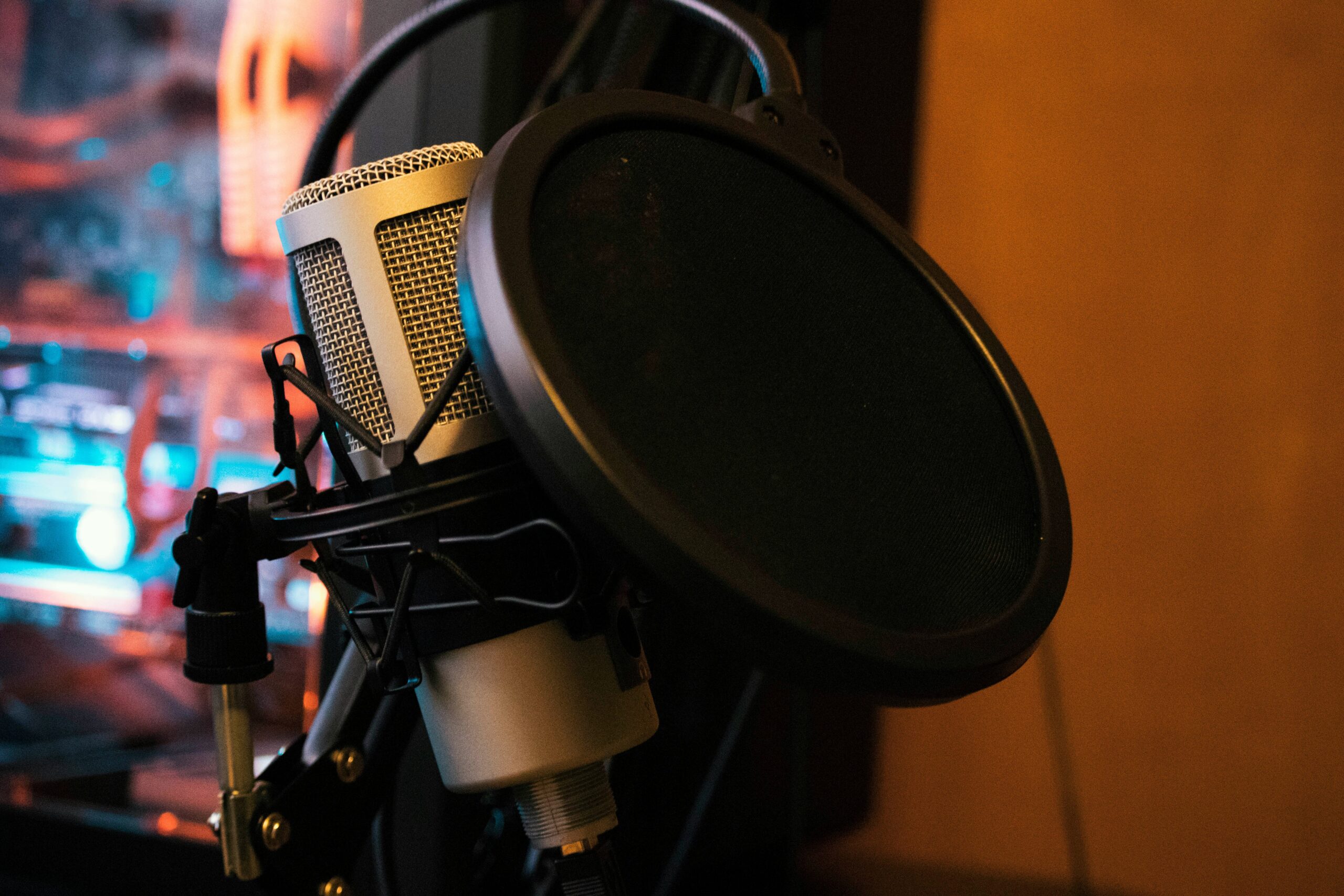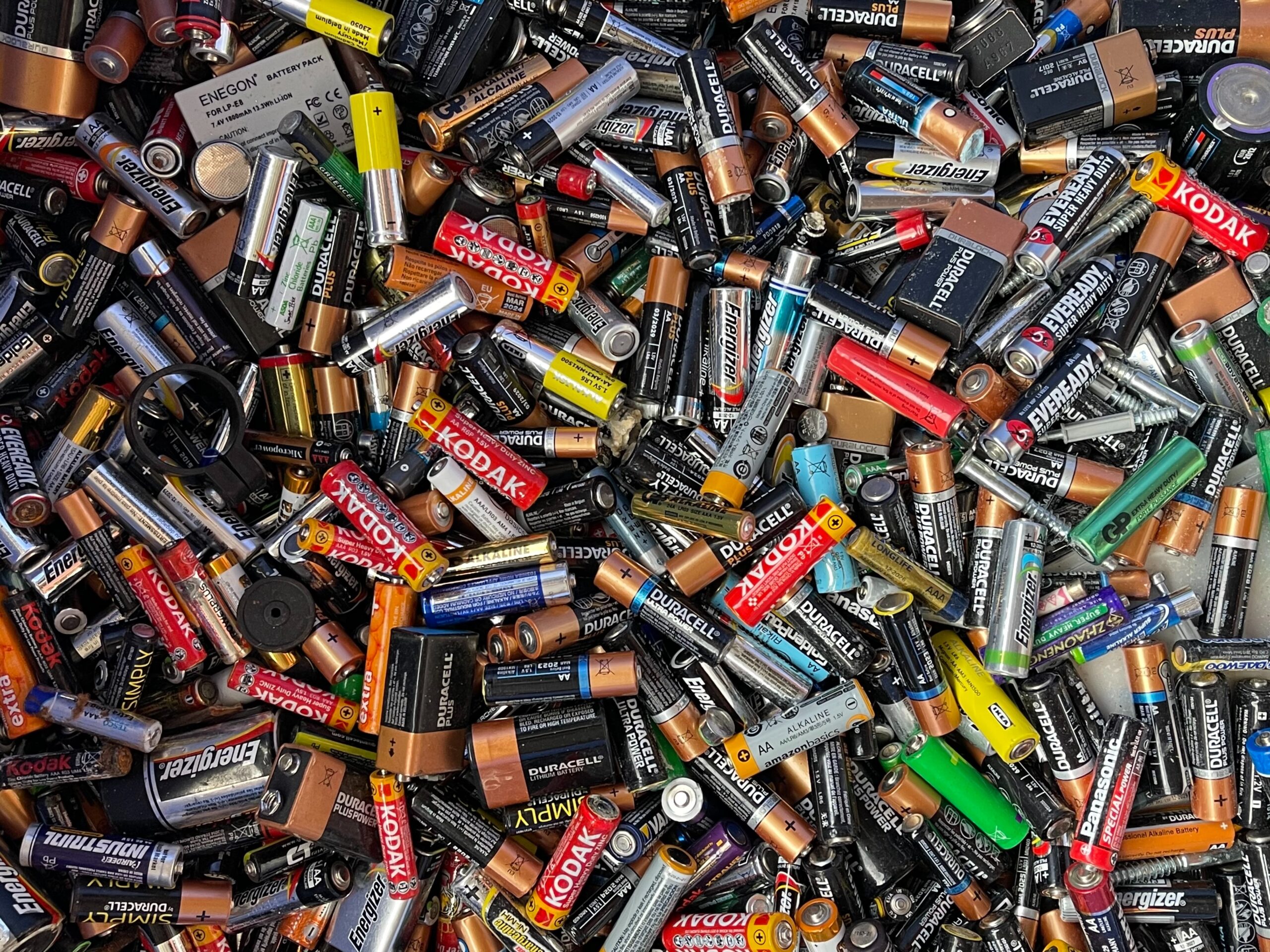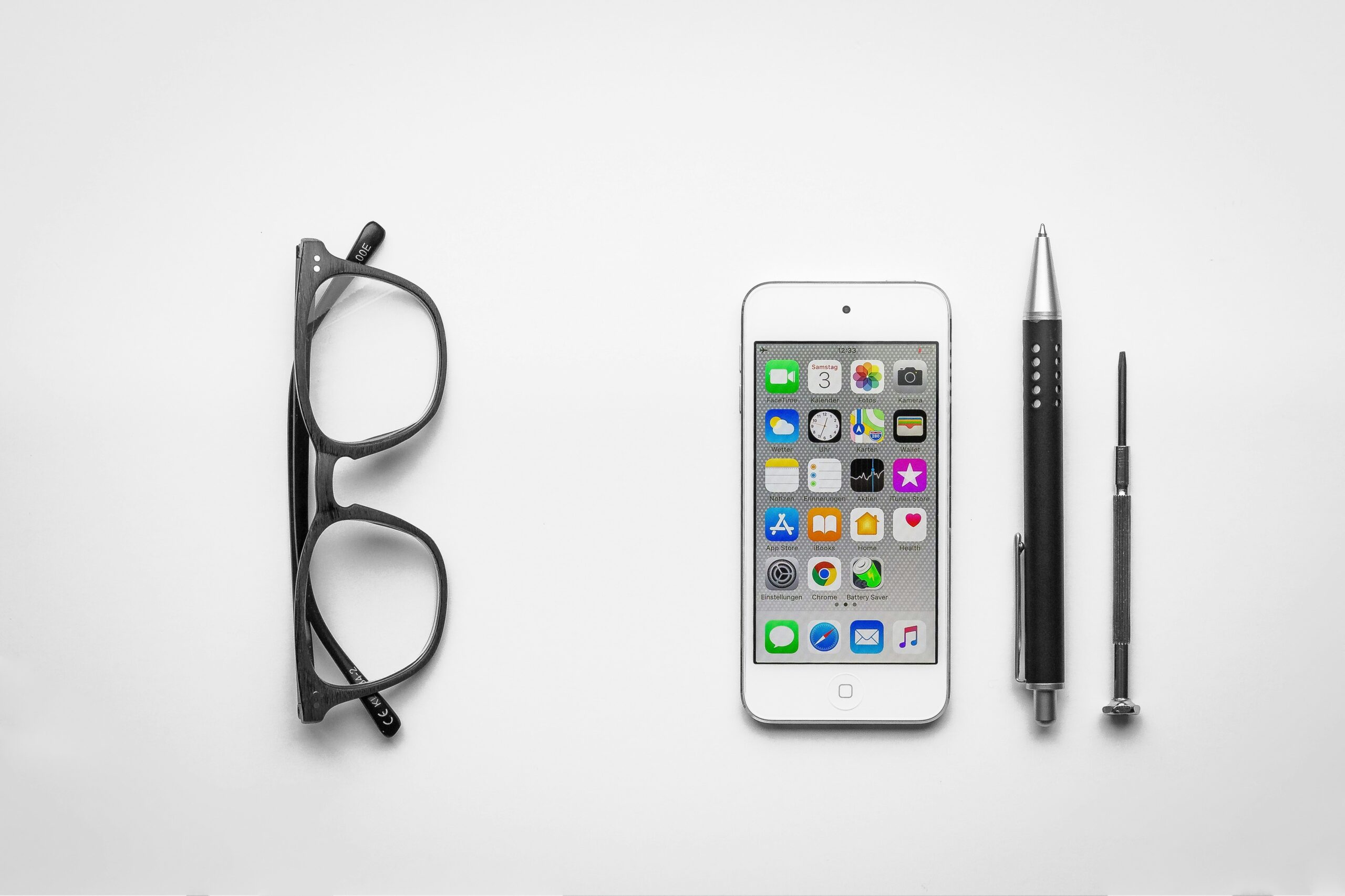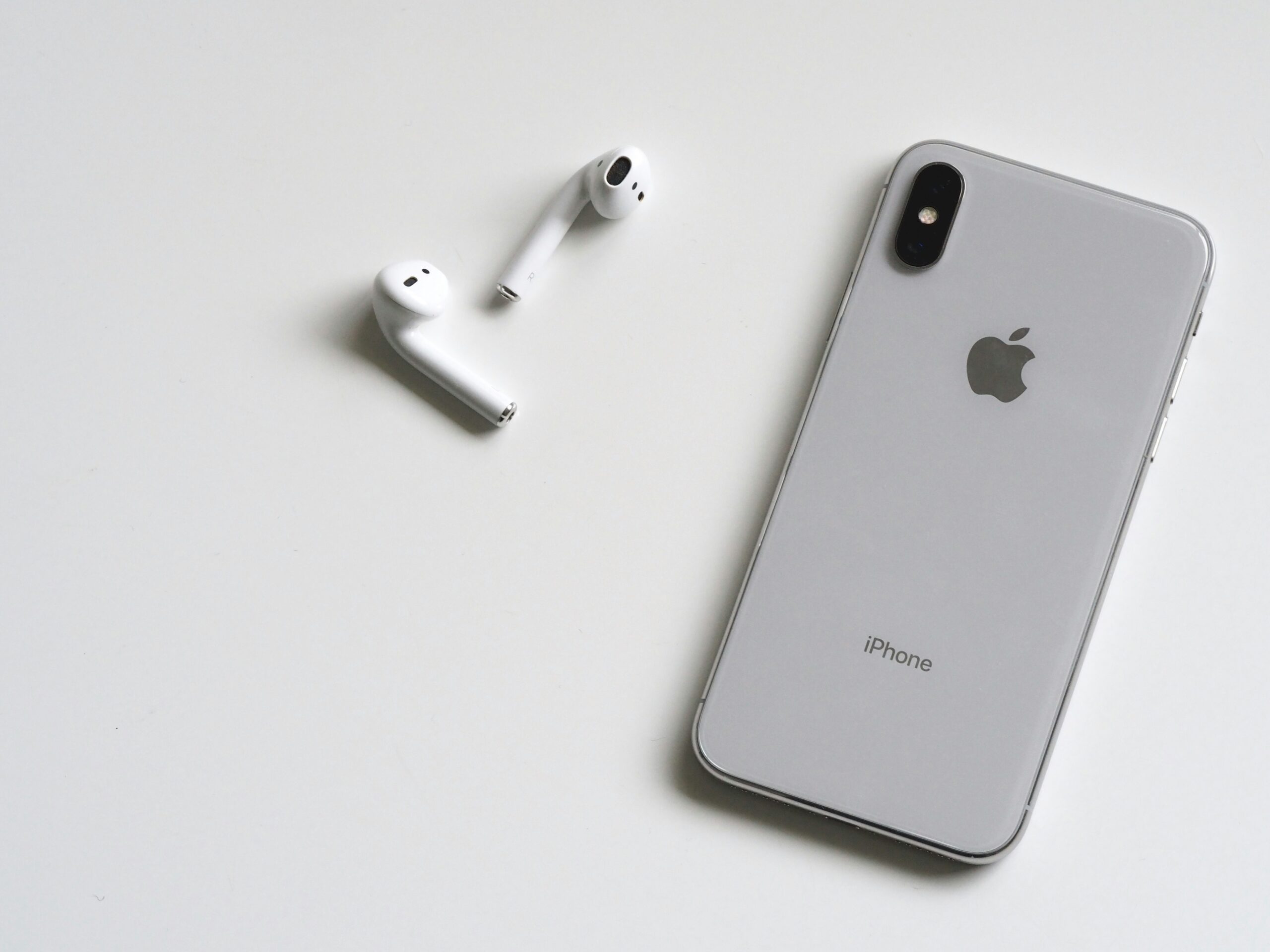Capturing History Unveiling the Origins of the Camera

The camera is an iconic invention that has revolutionized the way we capture and document history. From the earliest camera obscura to the modern digital cameras, the evolution of this remarkable device has been a fascinating journey. Understanding the origins of the camera allows us to appreciate the ingenuity and creativity of those who paved the way for this incredible technology. In this article, we will delve into the history of the camera, exploring its humble beginnings and the various advancements that have shaped it into the powerful tool we know today. By uncovering the roots of this invention, we can gain a deeper understanding of how the Unveiling the Origins of the Camera has become an essential part of our lives and the preservation of our collective memory.
In today’s digital age, it’s hard to imagine a world without cameras. From capturing cherished family moments to documenting historical events, cameras have become an integral part of our lives. But have you ever wondered about the origins of this remarkable invention? Let’s take a journey back in time to uncover the fascinating history of the camera.
The Story Of the Camera
The begins thousands of years ago with the discovery of the basic principles of optics. Ancient civilizations, such as the Greeks and the Chinese, experimented with pinhole cameras, also known as camera obscuras. These devices used a tiny hole in a darkened room or container to project an upside-down image of the outside world onto a surface.
Fast forward to the 19th century
The we find ourselves in the midst of the Industrial Revolution. This period of rapid technological advancement played a crucial role in the development of the camera as we know it today. The first major breakthrough came in 1816 when Joseph Nicéphore Niépce captured the oldest surviving photograph, “View from the Window at Le Gras,” using a camera obscura and a light-sensitive pewter plate coated with bitumen.
Niépce’s Ground Breaking Work Laid the Foundation For Future Inventors to Build Upon
One such inventor was Louis Daguerre, who partnered with Niépce in 1829 and continued his research after his partner’s death. Daguerre made significant advancements in the field and introduced the daguerreotype in 1839. This early photographic process involved exposing a silver-plated copper sheet to iodine vapor, which made it light-sensitive. The plate was then exposed in a camera and developed using a combination of mercury vapor and hot salt water.
The Daguerreo Type Quickly Gained Popularity
The and studios specializing in this new art form began to appear around the world. However, the process had its limitations. Each photograph was a unique image on a metal plate, making it difficult and time-consuming to reproduce.
Enter the Era Of the Wet Plate Collodion Process
Introduced by Frederick Scott Archer in 1851. This new technique allowed photographers to create multiple prints from a single negative. It involved coating a glass plate with a mixture of collodion, ether, and alcohol, which was then sensitized in a bath of silver nitrate. The plate had to be exposed and developed while still wet, hence the name “wet plate collodion.”
The Wet Plate Collodion Process Revolutionized
Photography and became the dominant technique until the late 19th century. It enabled photographers to capture more detailed and sharper images, leading to the growth of photography as an art form and a means of documentation.
As the 20th Century Dawned, Cameras Continued to Evolve
The introduction of flexible roll film by George Eastman in 1884 made photography more accessible to the general public. Eastman’s company, later known as Kodak, produced the first mass-market Unveiling the Origins of the Camera, the Kodak Brownie, in 1900. This affordable and easy-to-use camera popularized photography among amateurs and forever changed the way people captured and preserved their memories.
From the Early Pinhole Cameras
To the sophisticated digital Unveiling the Origins of the Camera of today, the journey of the camera is one of constant innovation and improvement. It has allowed us to freeze moments in time, preserve the past, and document the world around us. The camera remains an essential tool for storytelling, journalism, and artistic expression, shaping our understanding of history and our place in it.
As we marvel at the power of our modern cameras, it’s important to reflect on the ingenuity and perseverance of the inventors who paved the way. Their pursuit of capturing history forever changed our world, leaving a lasting legacy that continues to shape the way we see and remember the past.




























